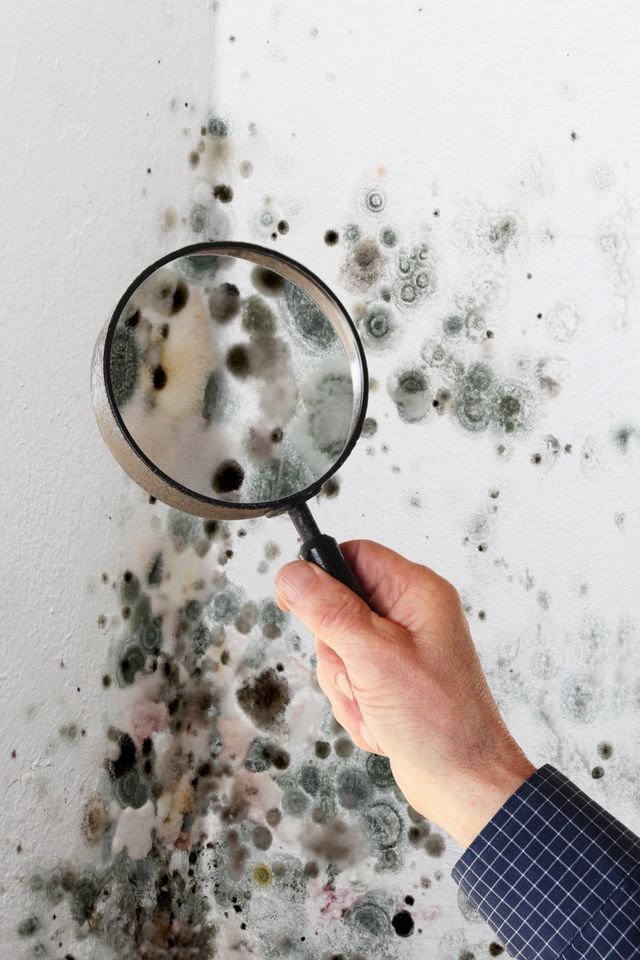Reliable Post Mold Remediation Cleaning Protocols
Reliable Post Mold Remediation Cleaning Protocols
Blog Article
Your Ultimate Guide to Blog Post Mold Removal Techniques
Navigating the realm of post-mold remediation techniques is a thorough procedure that demands attention to detail and a comprehensive understanding of the ins and outs entailed. In the after-effects of mold and mildew infestation, knowing just how to effectively remove the mold and avoid its reoccurrence is extremely important for preserving a healthy indoor atmosphere. From picking the ideal cleaning and sanitizing approaches to implementing approaches for lasting mold avoidance, each action in the remediation journey plays a vital duty in guaranteeing a successful end result. As we begin on this expedition of post-mold removal strategies, we will discover the vital approaches and ideal techniques that can assist you recover your room to its pre-mold problem and secure it versus future mold risks.
Comprehending Post-Mold Remediation Refine
After finishing the mold removal procedure, it is important to understand the post-mold remediation methods that are required to ensure a comprehensive and reliable cleanup. As soon as the mold and mildew has been gotten rid of, the following action involves cleansing and decontaminating the influenced areas to avoid any type of regrowth of mold. This consists of utilizing specialized cleaning up representatives to clean down surfaces and kill any kind of staying mold spores. It is necessary to dry out the area entirely to inhibit the development of mold in the future (Post Mold Remediation Report). Proper air flow and dehumidification can help in this procedure.
Furthermore, conducting a last examination post-remediation is important to guarantee that all mold and mildew has actually been successfully gotten rid of. This examination must involve a detailed visual check in addition to potentially air tasting to verify the lack of mold spores airborne. If the examination discloses any type of sticking around mold, extra removal may be needed. Enlightening passengers on preventive actions such as regulating moisture levels and quickly attending to any kind of water leaks can assist keep a mold-free setting.
Reliable Cleaning and Disinfecting Techniques

Protecting Against Future Mold Development

Relevance of Correct Ventilation
Correct ventilation plays a critical role in avoiding wetness accumulation, an essential aspect in mold and mildew growth within indoor atmospheres. Efficient air flow systems help eliminate excess moisture from the air, decreasing the opportunities of mold and mildew spores locating the dampness they require to germinate and spread out. Without appropriate ventilation, indoor spaces can come to be a breeding place for mold, bring about potential health threats and architectural damage.
By making certain correct air blood circulation, ventilation systems can additionally help in drying out wet areas extra quickly after water damages or flooding occurrences, better preventing mold development. testing air quality after mold remediation. In rooms like bathrooms, basements, attic rooms, and kitchen areas where moisture levels tend to be higher, mounting and maintaining effective ventilation systems is essential in protecting against mold and mildew infestations

Tracking and Upkeep Tips
Provided the crucial function that appropriate ventilation plays in protecting against mold and mildew development, it is critical to establish reliable monitoring and maintenance ideas to guarantee the ongoing performance of ventilation systems. Routine assessments of air flow systems must be performed to inspect for any type of indicators of obstructions, leaks, or malfunctions that can hinder proper airflow. Monitoring humidity degrees within the property is additionally vital, as high moisture can add to mold and mildew development. Mounting a hygrometer can assist track humidity levels and alert house owners to any kind of spikes that might call for interest. Furthermore, guaranteeing that air filters are frequently cleaned up or changed is important for maintaining the efficiency of the ventilation system. Executing a schedule for routine maintenance tasks, such as air duct cleansing and cooling and heating system inspections, can help stop issues prior to they rise. By staying positive and mindful to the condition of air flow systems, homeowner can effectively minimize the danger of mold and mildew regrowth and maintain a healthy and balanced indoor atmosphere.
Verdict
To conclude, post-mold removal strategies are vital for guaranteeing a secure and clean setting. Understanding the procedure, executing reliable cleansing and sanitizing methods, preventing future mold and mildew development, keeping proper air flow, and routine monitoring are all vital action in the remediation procedure. By following these standards, you can efficiently eliminate mold and mildew and prevent its return, working or advertising a healthy living area for all occupants.
In the consequences of mold problem, understanding just how to successfully remove the mold and avoid its reoccurrence is paramount for preserving a healthy and balanced indoor atmosphere. When the mold and mildew has actually been gotten rid of, the next action entails cleaning and decontaminating the affected locations to avoid any regrowth of mold - After mold remediation. After getting rid of noticeable mold growth, it is critical to clean all surfaces in the damaged location to eliminate any type of staying mold and mildew spores. To even more improve mold prevention actions, it is crucial to deal with underlying issues that at first led to mold and mildew advancement.Offered the crucial role that appropriate air flow plays in preventing mold development, it is important to develop efficient monitoring and maintenance tips to make sure the continued functionality of air flow systems
Report this page